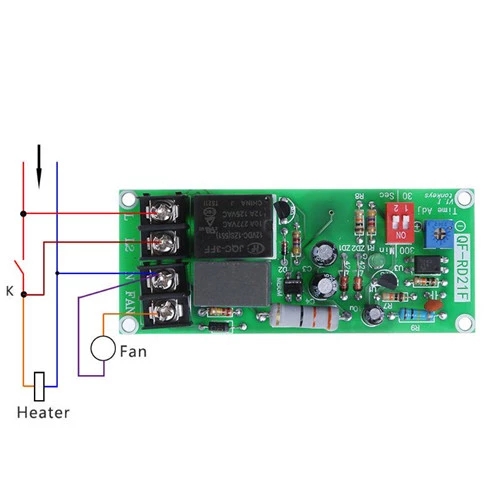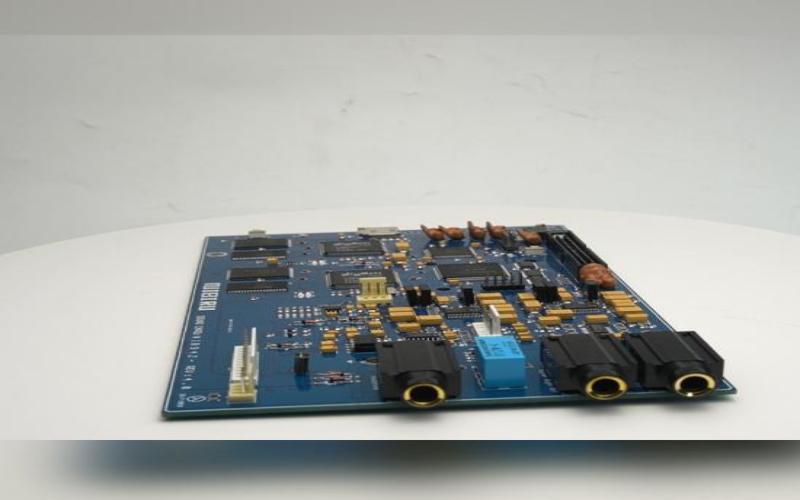How to deal with signal integrity issues in PCB design?
In PCB design, signal integrity is a very important issue. It involves whether the signal can maintain its original quality and accuracy during transmission and reception on the PCB. Signal integrity issues can lead to signal distortion, timing errors, electromagnetic interference, etc., which can affect the overall system performance. Therefore, properly handling signal integrity issues is critical to ensuring the reliability and stability of your PCB design. This article describes some common signal integrity problems and how to deal with them.

First, signal coupling is a common signal integrity problem. Signal coupling occurs when the electromagnetic fields between different signal lines interact with each other. This can cause signal distortion and timing errors. In order to solve the signal coupling problem, the following measures can be taken:
1. Proper layout: separate high-speed signal lines from low-speed signal lines to reduce the distance between them. Use ground and power planes to isolate signal layers and reduce interference between signals.
2. Use differential signaling: For high-speed signals, differential signaling can be used to reduce signal coupling. Differential signaling uses two signal lines that are symmetrical to each other, and signals are transmitted by comparing the voltage difference on the two lines.
3. Add shielding: For particularly sensitive signal lines, a shielding layer can be added around it to reduce the impact of external electromagnetic interference.
Second, clock distribution is another signal integrity issue to be aware of. The clock signal plays a key role in the entire system, and any distortion or delay of the clock signal may cause system performance degradation. Here are some ways to deal with clock distribution issues:
1. Clock line length matching: To ensure that the clock signal reaches each component at the same time, it can be achieved by controlling the length of the clock line. Using equal-length clock lines can reduce the phase difference of the clock signal.
2. The wiring path of the clock line: the wiring path of the clock line should be as short and direct as possible to reduce the delay and distortion of signal transmission.
3. Clock buffer: Adding an appropriate clock buffer to the transmission path of the clock signal can enhance the drive capability and stability of the clock signal.

Finally, impedance matching is another important aspect of dealing with signal integrity issues. Signal reflections and power loss occur when the impedance of the signal line does not match the impedance of the driving source and receiver. Here are some ways to deal with impedance matching issues:
1. Control PCB line width and spacing: According to design requirements and signal characteristics, control PCB line width and spacing to ensure that the impedance of the signal line matches the impedance of the driving source and receiver.
2. Use an impedance matcher: Add an impedance matcher between the driving source and receiver of the signal line to ensure the impedance matching of the signal.
3. Use terminating resistors: add a suitable terminating resistor at the end of the signal line to reduce signal reflection and power loss.
To sum up, signal integrity is an issue that needs to be paid attention to in PCB design. Through methods such as proper layout, differential signal transmission, clock distribution and impedance matching, signal integrity issues can be effectively dealt with, ensuring that the signal maintains its original quality and accuracy during transmission and reception on the PCB. This will help improve the reliability and stability of the PCB design, and ensure the normal operation of the system's performance and functions.
Send PCB Files to Sales@ucreatepcba.com, We Will Quote You Very Soon!
Request PCB Manufacturing & Assemble Quote Now



